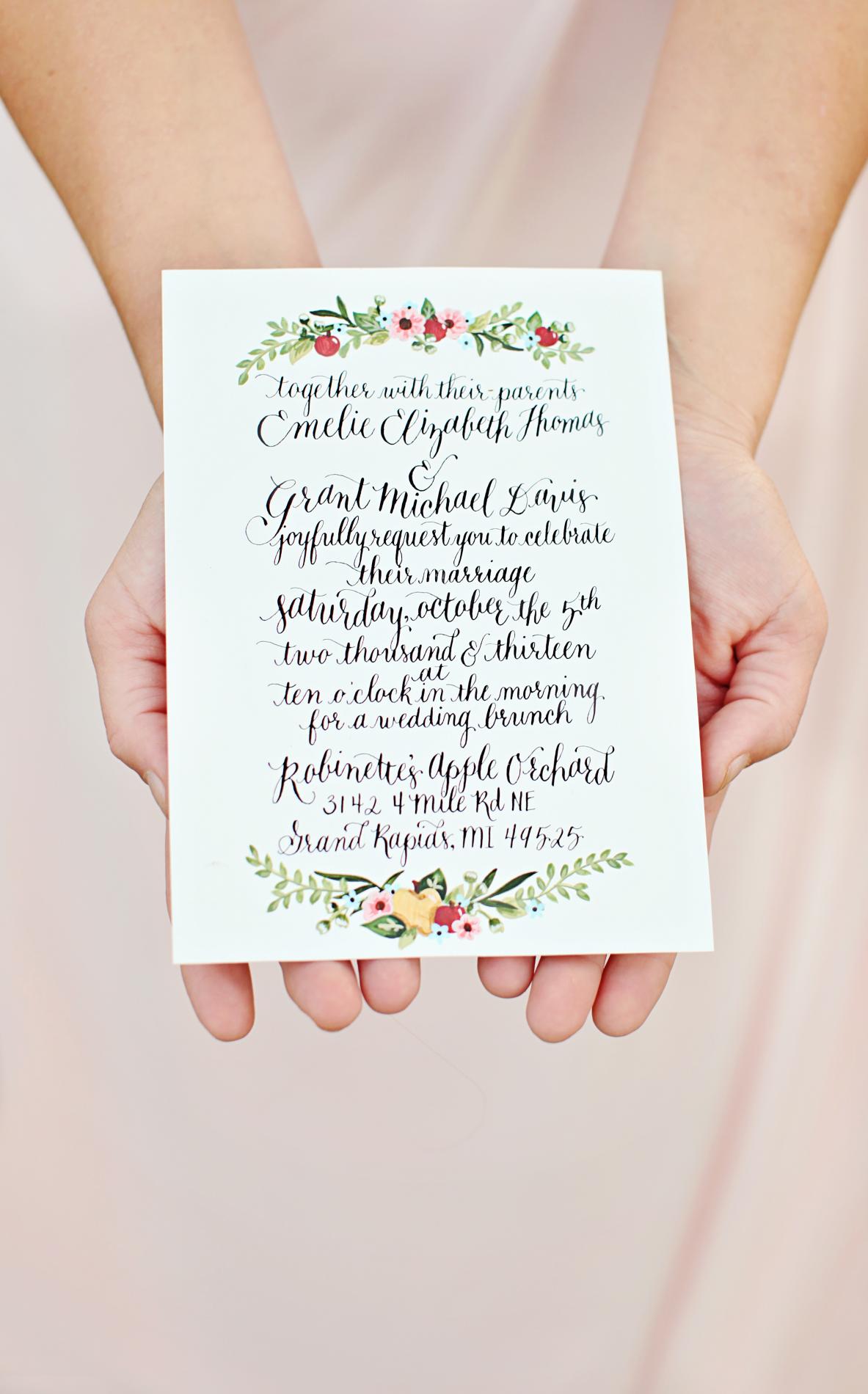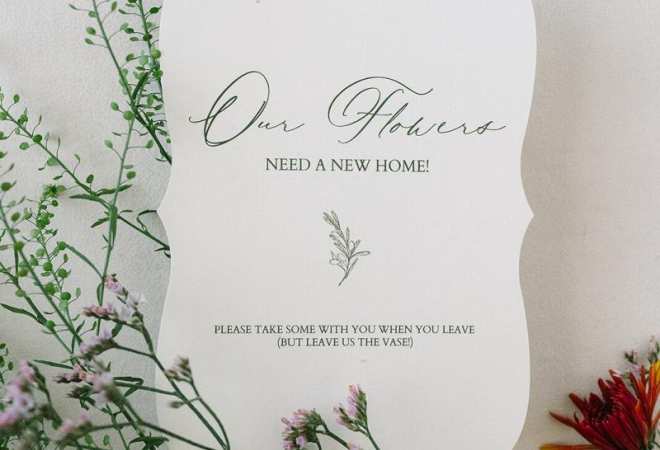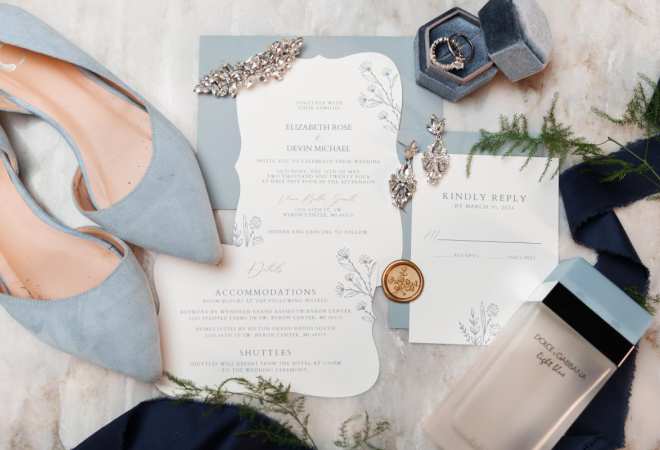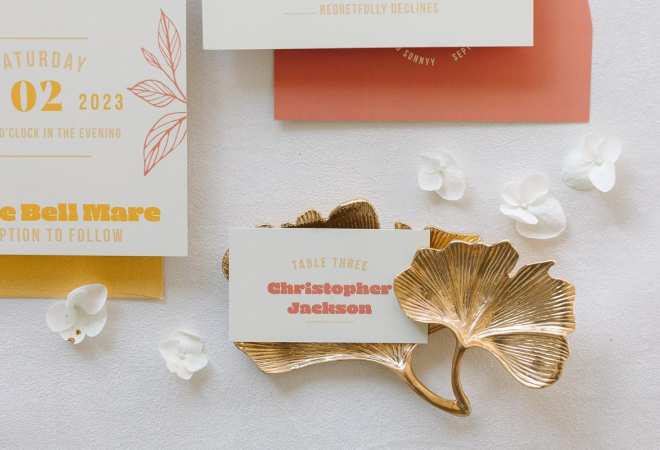Engraving, Letterpress and Flat-Oh, My!
Choosing an invitation design can be overwhelming. There are so many designs and papers to choose from, and your invitation or save-the-date needs to set the appropriate tone for your event. It's the only thing that your guests receive prior to the wedding, and it needs to express not only logistical and details but give them a sense of the personality, or style, of your day. Ideally, all pieces in your stationery "wardrobe" should follow this design, from your ceremony programs to your thank you notes.
Most people consider printing to be the mysterious part of the process. To help you consider all of the main options available, here are descriptions of the most popular types you'll come across when looking for invitations:
Engraving is an art which has endured for centuries because of its singular appearance and lasting impression. Generally considered the highest form of printing, engraving requires an etched metal plate that can handle an incredible amount of detail. The finished piece feels raised on top, and on the reverse side you can see the impression from stamping into the plate. You use a sample of this print process every day: our monetary bills, such as the dollar, are engraved.
Letterpress printing is the printing du jour for wedding invitations. There are a few traditional shops left that are dedicated to the old-fashioned methods of using wooden or metal block type, but modern shops use polymer plates to use a wider variety of type and images. Modern letterpress printing is distinguished by its heavy impression into the paper that's easy to feel and see. (Traditional letterpress printers prefer little to no impression, because the type blocks dull with heavy stamping.)
Thermography simulates the appearance of engraving (raised letters) without the need for metal engraving plates. A thermographed piece is initially flat printed (described below), then dusted with a fine powder while the ink is still wet. The piece then passes under a heating oven where the ink dries and hardens. Many times it leaves a shiny appearance.
Flat, or offset, printing is most economical of all the above printing methods and the most widely used today. It is what virtually all commercial printers use to print brochures, business cards, and the like. Using a paper or metal plate, the paper is carried through the press along cylinders which lay the ink on paper. Since the ink is not stamped or treated, you don't feel any impression or raised imprint.
Any of these methods can produce beautiful results for your invitations. Impress your guests!
Businesses Involved
Stationery
Related Blogs








Join the conversation
Log in or register to post comments